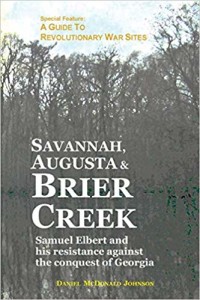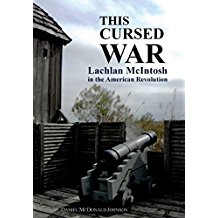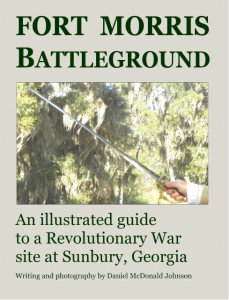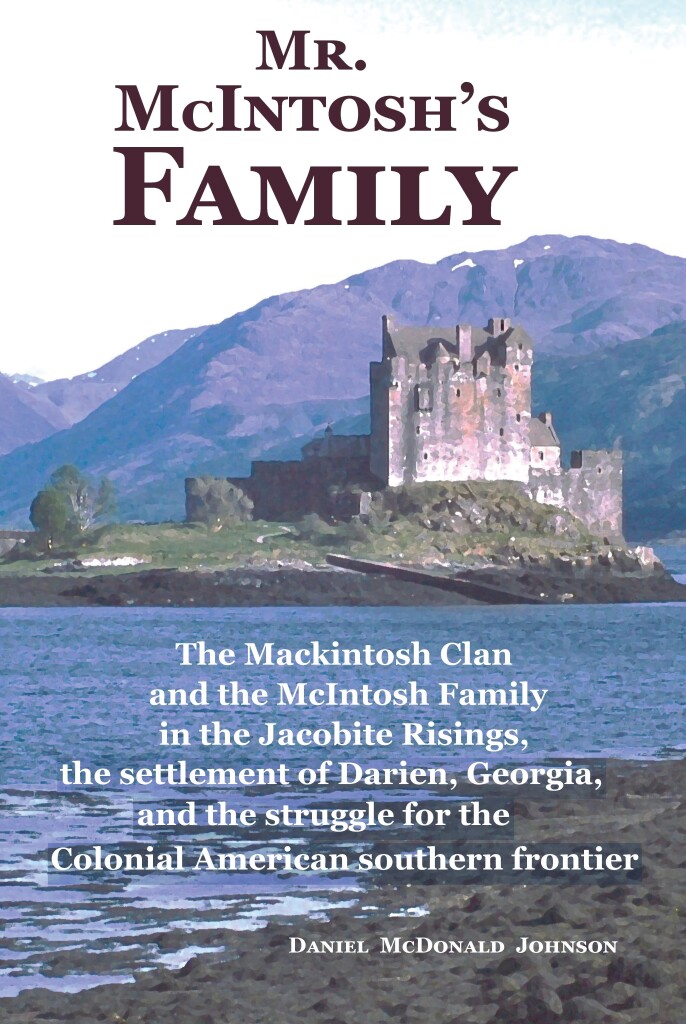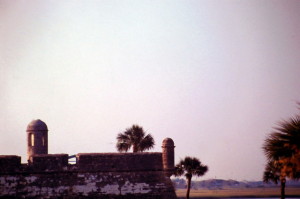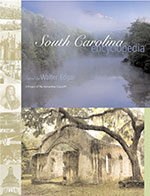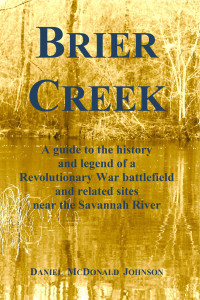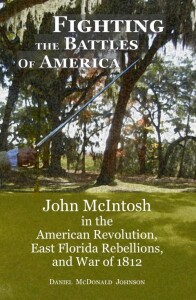 John McIntosh of Georgia served as a lieutenant colonel in the Continental Army during the 1778 invasion of British East Florida. He commanded the garrison in Fort Morris in Sunbury in November, 1778, when British besiegers demanded surrender, he replied, “Come and Take It!”
John McIntosh of Georgia served as a lieutenant colonel in the Continental Army during the 1778 invasion of British East Florida. He commanded the garrison in Fort Morris in Sunbury in November, 1778, when British besiegers demanded surrender, he replied, “Come and Take It!”
At the Battle of Savannah in December, 1778, McIntosh earned praise from his commanding officer for the disciplined maneuvers of his troops, which allowed other American units to withdraw to safety.
McIntosh and Colonel Samuel Elbert continued fighting at the Battle of Brier Creek until each of the men in their Georgia unit was either wounded, killed, or taken prisoner. He himself was wounded and taken prisoner.
After being paroled and exchanged, McIntosh served in the campaigns in South Carolina.
The War of the Revolution destroyed McIntosh’s property in Georgia and ruined him financially, so he made a new start in Spanish East Florida. He was implicated in a plot to overthrow the provincial government and was imprisoned in Havana for a year. After he was released, he participated in the East Florida Rebellion of 1795.
As a major general of Georgia militia in federal service, McIntosh led an army from Georgia to the Gulf of Mexico to reinforce General Andrew Jackson during the crucial campaign of the War of 1812.
